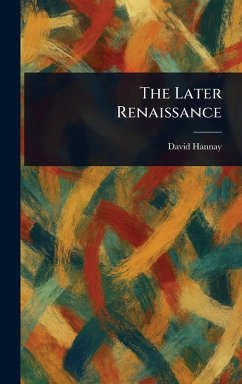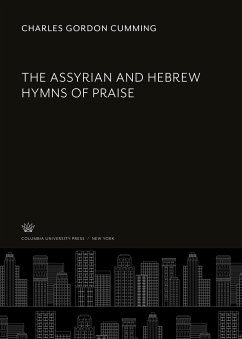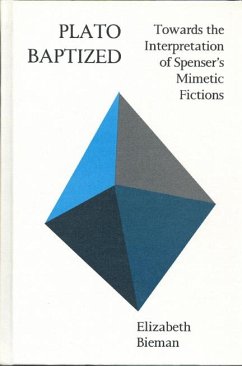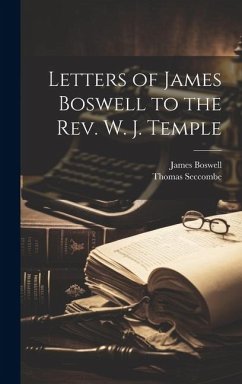
The Praise Of Folly, Made Engl. By W. Kennet, Adorn'd From The Designs Of H. Holbeine
Versandkostenfrei!
Versandfertig in über 4 Wochen
34,99 €
inkl. MwSt.
Weitere Ausgaben:

PAYBACK Punkte
17 °P sammeln!
The Praise of Folly, by Desiderius Erasmus, is a satirical essay, first printed in 1511, and is considered one of the most notable works of the Renaissance. In it, Folly praises herself, arguing that life would be dull and disagreeable without her. Erasmus uses satire to comment on various aspects of society, including the church, scholars, and human nature itself. This edition, translated into English by W. Kennet, is adorned with illustrations from the designs of Hans Holbein, adding a visual dimension to Erasmus's witty and insightful critique. "The Praise of Folly" remains relevant for its...
The Praise of Folly, by Desiderius Erasmus, is a satirical essay, first printed in 1511, and is considered one of the most notable works of the Renaissance. In it, Folly praises herself, arguing that life would be dull and disagreeable without her. Erasmus uses satire to comment on various aspects of society, including the church, scholars, and human nature itself. This edition, translated into English by W. Kennet, is adorned with illustrations from the designs of Hans Holbein, adding a visual dimension to Erasmus's witty and insightful critique. "The Praise of Folly" remains relevant for its enduring observations on human foibles and its celebration of the lighter side of life. This work has been selected by scholars as being culturally important, and is part of the knowledge base of civilization as we know it. This work was reproduced from the original artifact, and remains as true to the original work as possible. Therefore, you will see the original copyright references, library stamps (as most of these works have been housed in our most important libraries around the world), and other notations in the work. This work is in the public domain in the United States of America, and possibly other nations. Within the United States, you may freely copy and distribute this work, as no entity (individual or corporate) has a copyright on the body of the work. As a reproduction of a historical artifact, this work may contain missing or blurred pages, poor pictures, errant marks, etc. Scholars believe, and we concur, that this work is important enough to be preserved, reproduced, and made generally available to the public. We appreciate your support of the preservation process, and thank you for being an important part of keeping this knowledge alive and relevant.







![A Study In Fool Literature. The 'ship Of Fools' [by S. Brant. Signed C.h.h.]. 1st Corrected Proof [of An Article Publ. In The Cornhill Magazine] Cover A Study In Fool Literature. The 'ship Of Fools' [by S. Brant. Signed C.h.h.]. 1st Corrected Proof [of An Article Publ. In The Cornhill Magazine]](https://bilder.buecher.de/produkte/74/74966/74966407n.jpg)




